Carnegie Mellon University’s Robotics Institute is developing cutting-edge autonomous drones to aid Firefighters in combating wildfires, with a potential market launch as early as 2025, according to Technical.ly. These low-flying drones aim to provide real-time terrain and fire information, helping First Responders manage resources more effectively and devise safer strategies.
AI-Driven Navigation in Hazardous Conditions
Andrew Jong, the lead researcher on the project, explains that the team is harnessing Artificial Intelligence to enhance the drones’ capabilities:
“The team aims to use AI to help automatically avoid power lines, thin branches, and other obstructions hidden in the smoke. In doing so, firefighters will be able to quickly gather vital close-up information in high-risk environments.”
This advanced navigation system allows the drones to operate in smoky and hazardous conditions, a task that’s extremely challenging with manual piloting alone.
3D Terrain Mapping and Resource Allocation
The drones create a 3D understanding of the terrain impacted by wildfires, providing crucial information for efficient resource allocation. This feature is particularly valuable in urban-wildland interface areas, where the technology can help triage vulnerability and protect lives and property.
Sean Hendrix, base manager of Grayback Forestry in Oregon, highlights the potential benefits:
“The drones could show people on the ground drop points, the way out of the fire and whether the fire is on the ground or in the trees.”
Testing and Deployment Timeline
The Robotics Institute anticipates having a baseline version of the technology ready by the end of 2024, with local testing scheduled to begin in 2025. Potential testing sites include the San Bernardino County Fire Department in California, firefighters in British Columbia, and Oregon’s Bring Back Forestry initiative.
Jong emphasizes the importance of real-world testing: “The team is eager to test with firefighter training once the proof of concept for our drone project is ready.”
DroneXL’s Take
The development of AI-powered firefighting drones by Carnegie Mellon University represents a significant leap forward in Wildfire management technology. These autonomous drones have the potential to revolutionize how firefighters approach dangerous situations, providing crucial real-time data that could save lives and property.
As we’ve seen in recent coverage of drone use in Canadian wildfires, unmanned aerial vehicles are becoming increasingly vital tools for firefighters. The addition of AI navigation and 3D mapping capabilities could further enhance their effectiveness, especially in complex urban-wildland interface areas.
While the technology is promising, it’s important to note that thorough testing and firefighter input will be crucial for its successful implementation. As the Drone Industry continues to innovate, we at DroneXL look forward to following the progress of this project and its potential impact on wildfire management strategies worldwide.
Photo courtesy of Carnegie Mellon University.
Discover more from DroneXL
Subscribe to get the latest posts to your email.

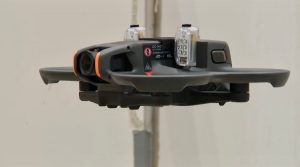
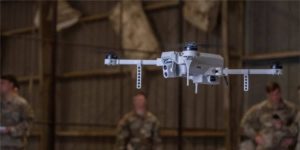
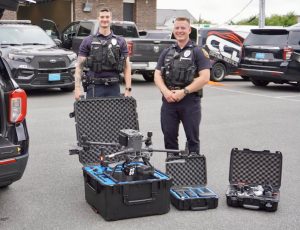


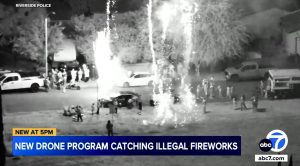

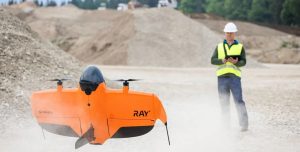
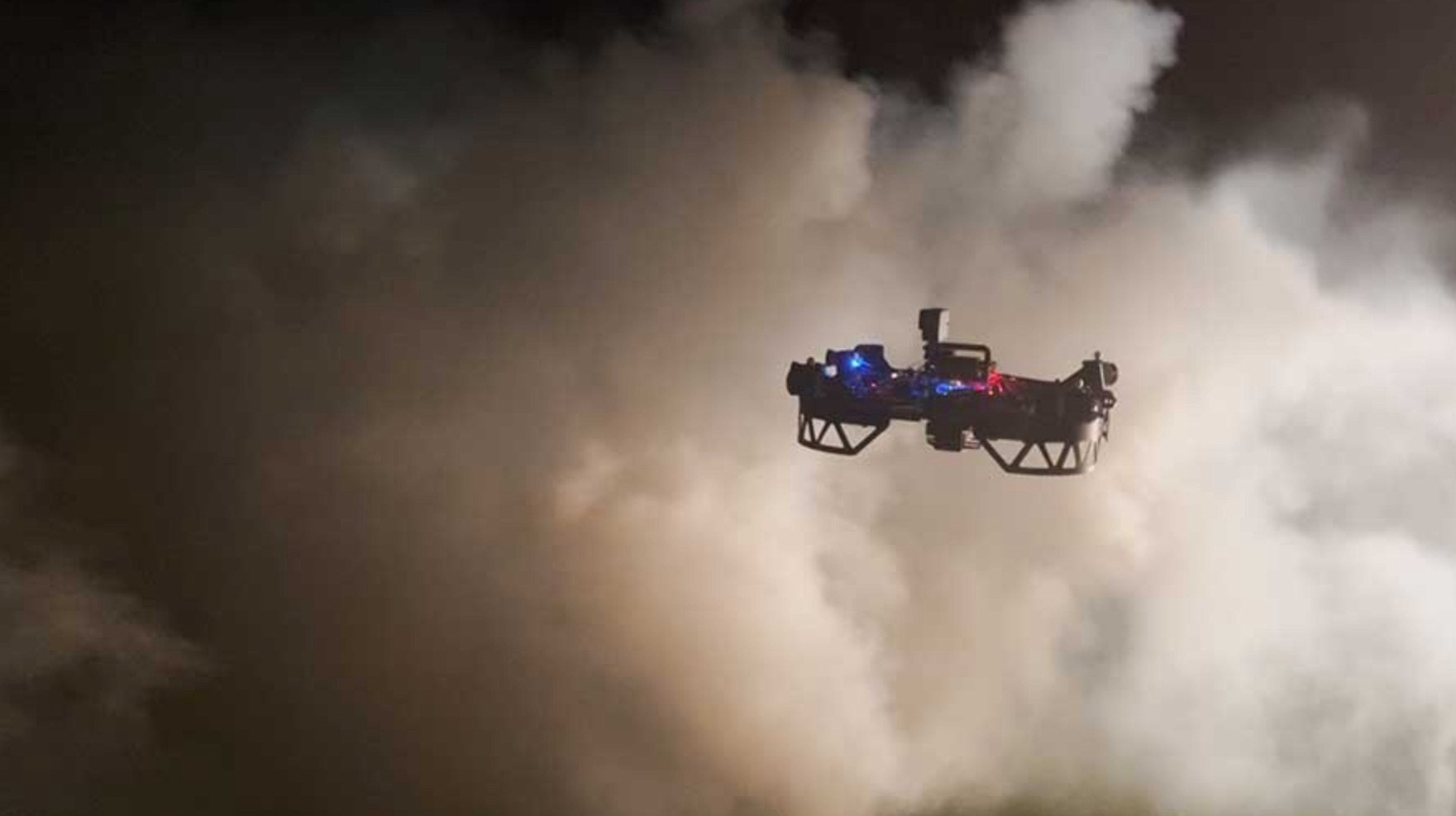

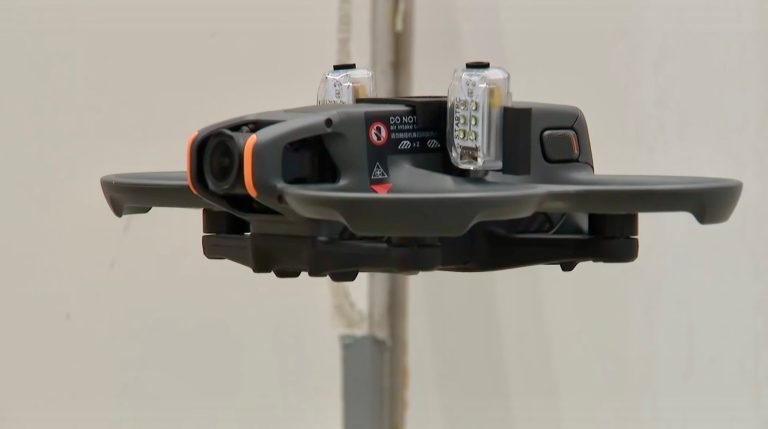
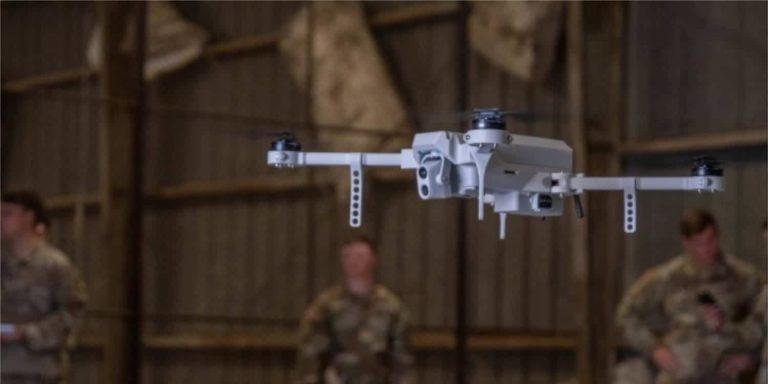
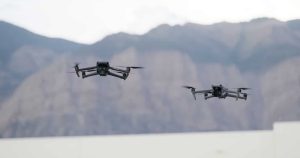

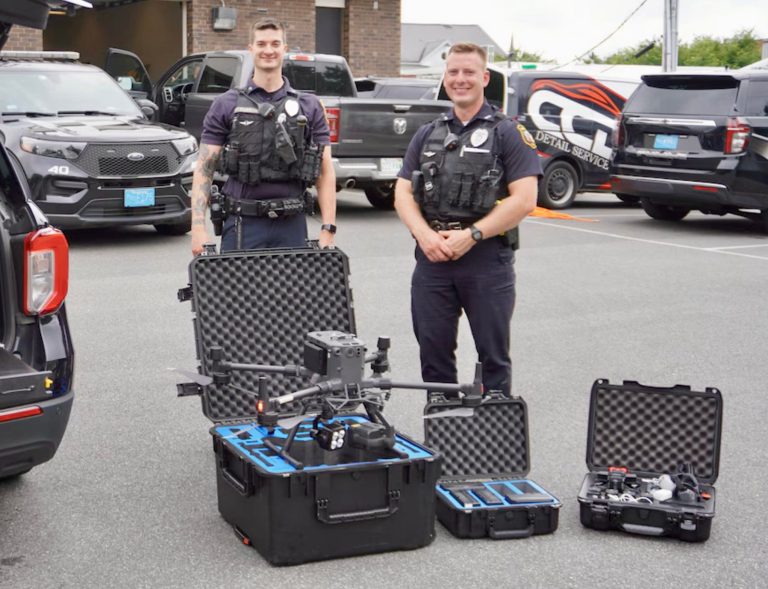


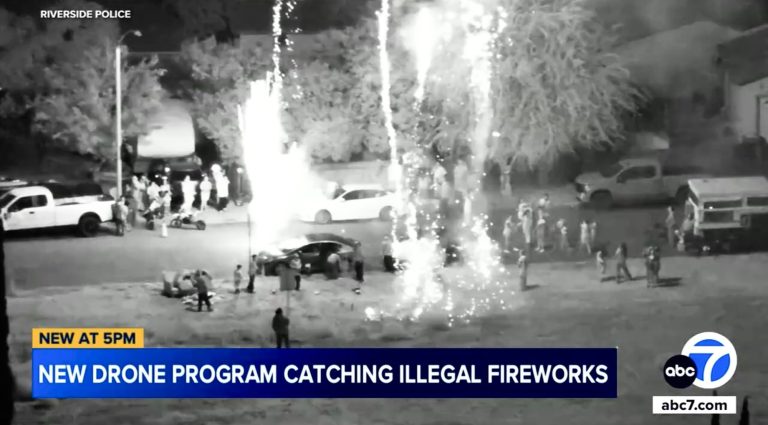

+ There are no comments
Add yours